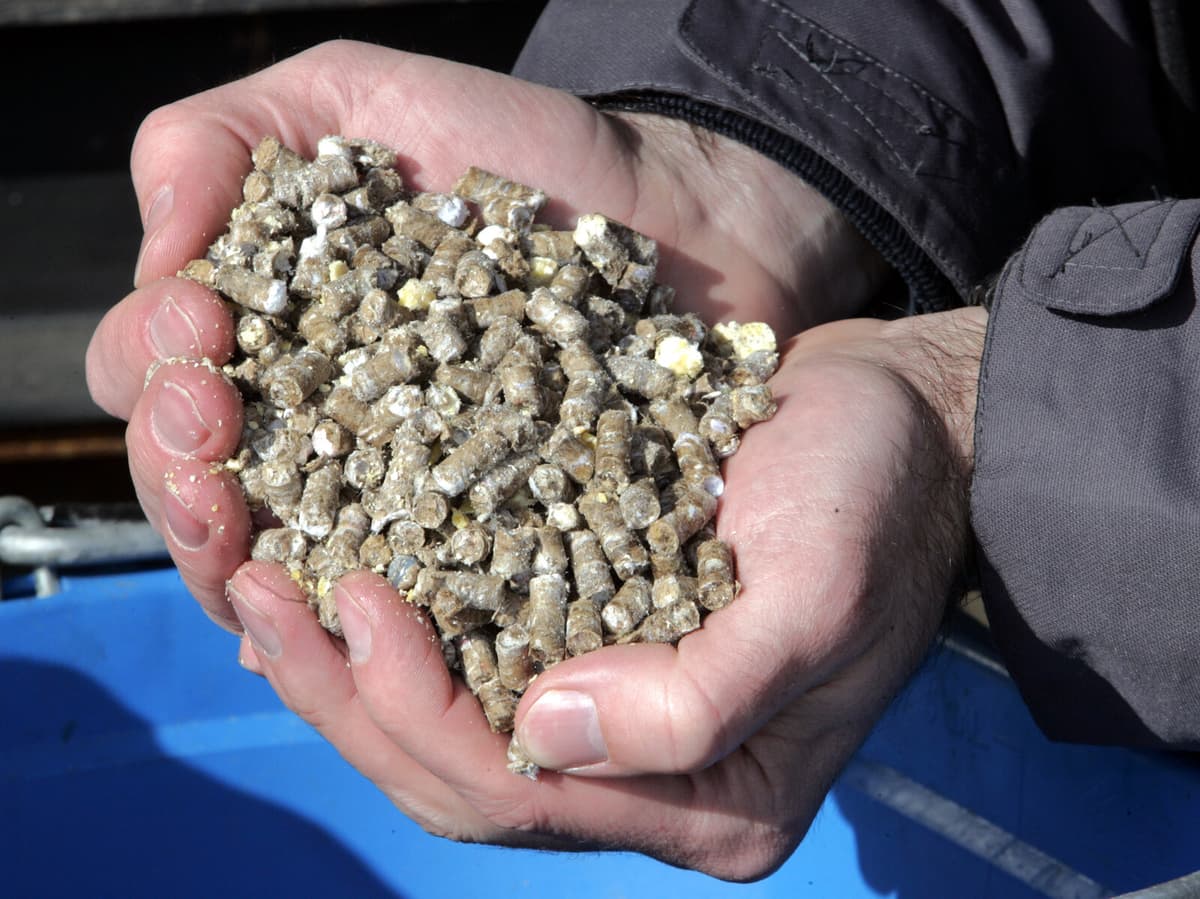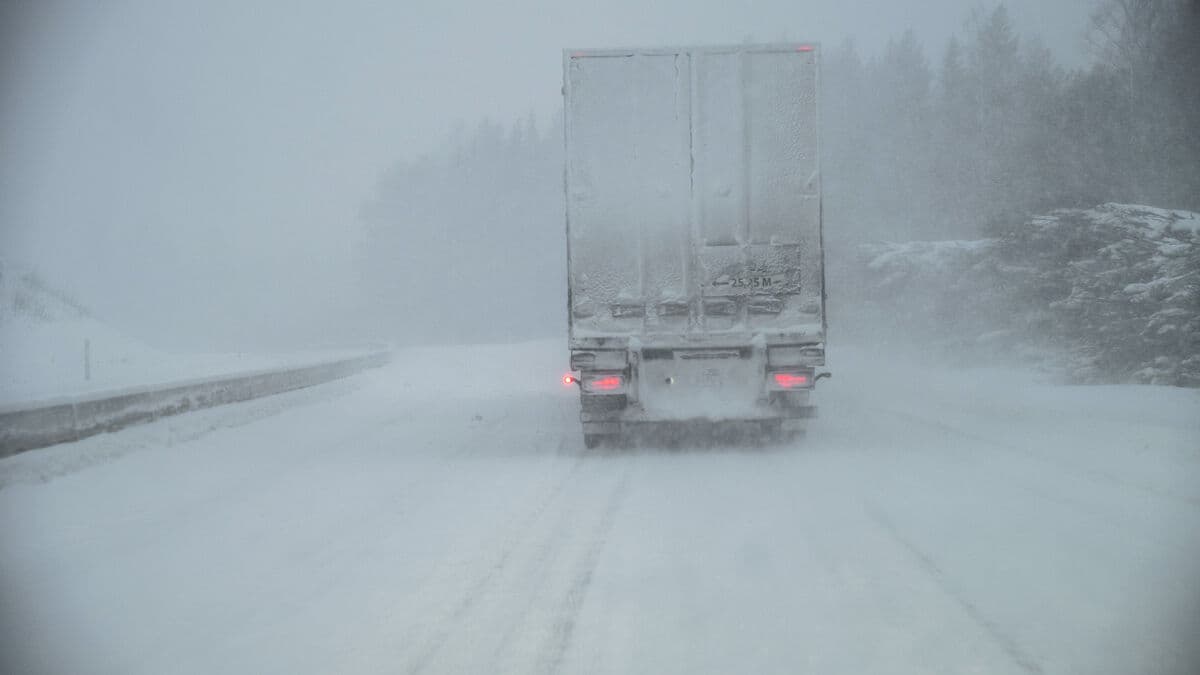A problem with plastic is that the content is rarely declared. During recycling, chemical additives and potentially toxic substances are passed on to new products.
Researchers at the University of Gothenburg have examined pellets of recycled polyethylene plastic from different parts of the world. They let the plastic pellets lie in water for 48 hours and then exposed zebrafish larvae to the water for five days.
We knew that there were chemicals in the plastics. But we did not know how much would come out in the water or how long it would take and how it would go with the fish, says Bethany Carney Almroth, professor at the University of Gothenburg and responsible for the project.
Saw changes
Despite the relatively short time, changes could be seen in the larvae linked to the hormone system and obesity. Previous research has shown similar effects in humans exposed to toxic chemicals in plastic.
The researchers measured 84 different chemicals in the water.
They were relatively low concentrations and not many substances that came up in toxic concentrations alone. But the sum and the mixture were toxic.
Before the plastic pellets were put in the water, the researchers identified several hundred different chemicals. Some are used in manufacturing, while others - such as medicines and pesticides - are believed to have contaminated the plastic when it was used and then taken to the recycled product.
Becomes toxic
The fact that it is not possible to know which chemicals will be present in the plastic is seen by Bethany Carney Almroth as the biggest problem with recycling. There is also a risk that chemicals will mix and make the recycled plastic toxic.
And most of the plastic that surrounds us is not made to be recycled, she points out.
Industry has known about this for a long time but still communicated outwardly that recycling would be a solution.
Recycling could be a way to get a grip on plastic, she thinks, but not in the way it is done today.
We must do it better. If we do not have products with fewer chemicals, transparency throughout the supply chains, and more separated waste streams and regulations on recycling, we will have these mixtures.
Boel Holm/TT
Fact: Plastic and plastic recycling
TT
Plastic can have different properties depending on which additives of substances are used. For example, softeners, dyes, flame retardants, antibacterial substances are used to give the plastic the properties you want it to have. In some plastics, there are almost no additives, in other plastics, more than half of the product's weight may consist of additives.
Additives are largely bound in the material, but small amounts can spread to the environment. Some of the substances can be harmful to humans, animals, and nature.
Plastic is one of the most common sources of litter. Large plastic pieces are worn down to small pieces - microplastics. Today, they are found almost everywhere. They have been found both on Mount Everest and down in the Mariana Trench and in blood, breast milk, and the brain.
In the oceans, plastic pollution is one of the biggest threats to biodiversity.
Most of the plastic waste in Sweden, 87 percent, goes to energy recovery or fuel in industry, about 10 percent is recycled and becomes new plastic.
Source: Swedish Environmental Protection Agency






